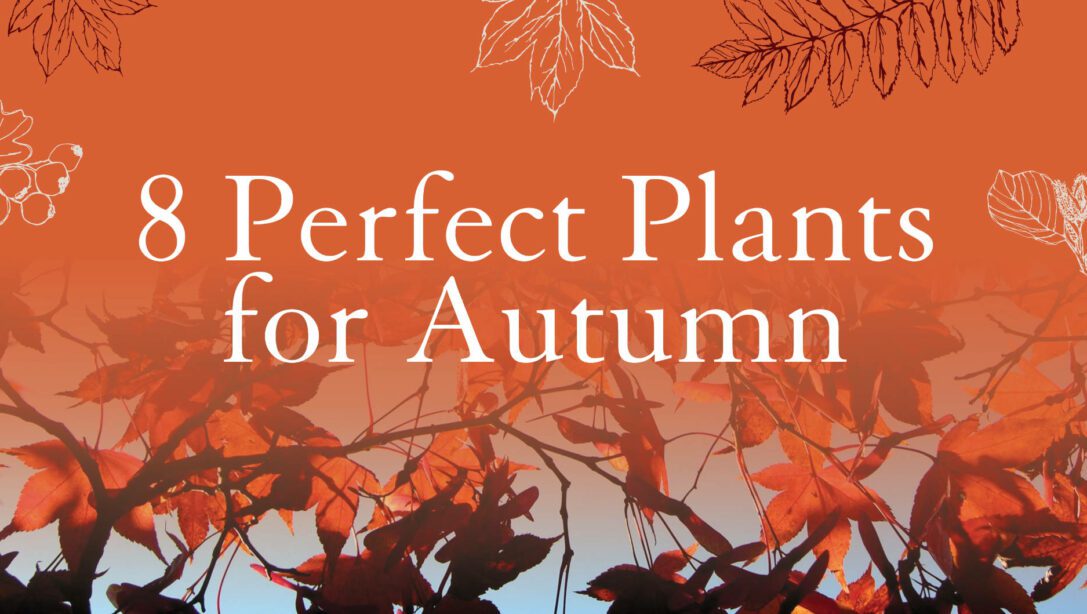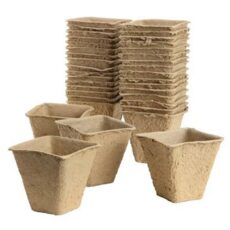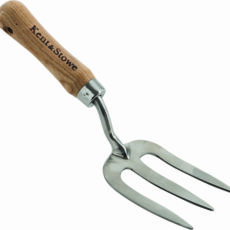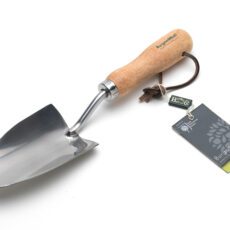Not everyone’s concept of seasonal change is guided by a calendar month. For many gardener’s and outdoor enthusiasts all over the world the concept of seasons is influenced by nature’s signifiers. Phenology, the cycle patterns and timing of events in the natural world, often guide many throughout the seasonal cycles.
Generally characterised by blackberries and holly berries arriving on plants, the first hints of autumn appear long before the calendar months. From the colour changes on ash and elder trees to migrating wildlife, such as swallows and reed warblers, nature’s signifiers are all around. However, when we focus specifically on plants, colour is a key factor in the change.
As bright summer colours fade into the autumnal warmth many begin to retreat indoors for the cosy atmospheres. Autumn is, however, a perfect time to see an explosion of rich warm hues that can bring a feast for the eyes. It is entirely possible to bring plenty of colour to containers and borders by choosing bedding plants, trees, and shrubs which yield late colour.
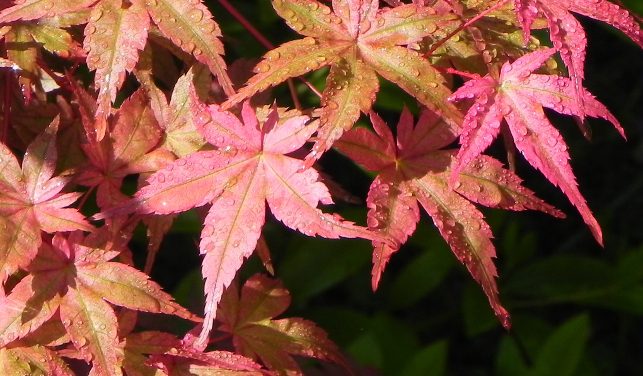
Acer Palmatum
Acer palmatum, or more commonly known as the Japanese maple, are small deciduous trees that have been cultivated and grown for hundreds of years in Japan.
The many different varieties produce stunning autumnal colours, with leaves varying in shades of burnt reds, oranges, and greens. Acer’s make ideal container grown plants, slowly gaining height over the years.
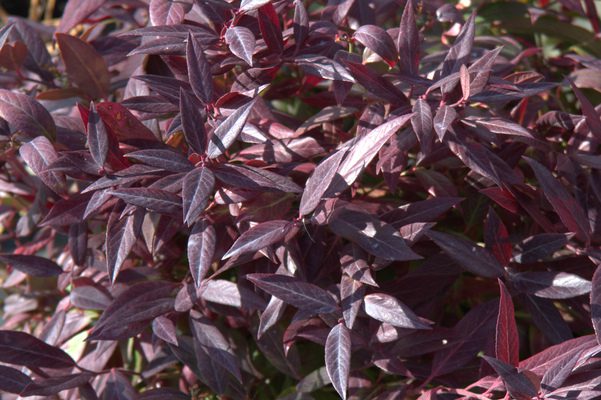
Leucothoe
Leucothoes are evergreen shrubs perfect for providing year-round foliage colour. The simple, lance shaped leave often offer mottled colour to bed and borders.
Leucothoes are ideal for informal and cottage gardens, they are also and excellent choice for the underplanting of roses. Come the spring, the fresh growth bursts through in shades of pink and red, providing interest all year round.

Sarcococca confusa
Sarcococca confusa, commonly known as Sweet Box, is a compact, evergreen shrub that offers year-round interest in the garden. Its glossy, deep green foliage provides a lush backdrop throughout the seasons. This shrub thrives in a sheltered spot, preferring partial to full shade, making it an excellent choice for those tricky shaded areas.
In late summer and autumn, Sarcococca confusa produces clusters of small, creamy-white flowers that exude a delightful, sweet fragrance, attracting pollinators like bees. Following the flowers, black berries appear, adding further interest. It’s a low-maintenance plant, ideal for containers or as ground cover in shady borders.

Malus
Malus, or crab apples, are deciduous trees that bring ornamental value and edible fruit to the garden, particularly in autumn. These trees are versatile, offering something for every season—delicate pink or white blossoms in spring, lush green foliage in summer, and a vibrant display of colourful fruit in autumn. Varieties such as Malus domestica ‘Scrumptious’ produce sweet, fragrant red apples that are perfect for both fresh eating and culinary use.
Crab apples are also a valuable source of food for wildlife, making them an excellent addition to any garden focused on biodiversity. Their compact size makes them suitable for smaller gardens, and they also thrive as part of a mixed border.
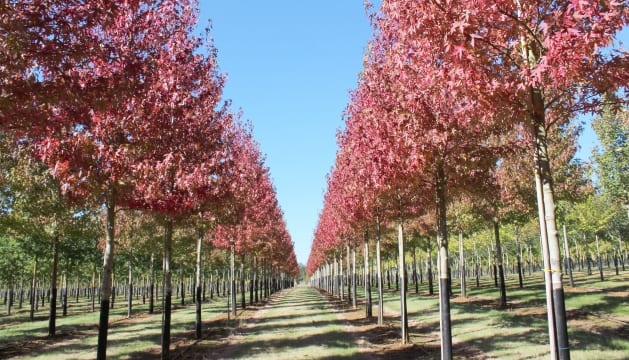
Liquidambar
Liquidambar is a majestic deciduous tree famed for its spectacular autumn foliage. The star-shaped, maple-like leaves turn brilliant shades of orange, red, and yellow, providing a stunning display that lasts well into autumn. This tree can reach heights of over 12 metres when mature, making it a striking focal point in any landscape.
Liquidambar is relatively low maintenance, thriving in well-drained soil and full sun to partial shade. It’s an excellent choice for larger gardens or parks where its full size can be appreciated, and its attractive bark and interesting seed pods add winter interest too.

Cyclamen
Cyclamens are delightful, low-growing plants that are perfect for adding a splash of colour to shady areas of the garden or for brightening up containers. Blooming in shades of pink, red, and white, they bring a charming touch to autumn and winter gardens. Cyclamens prefer well-drained soil and can tolerate dry shade, making them ideal for planting under trees or in rockeries.
Their attractive, heart-shaped leaves are often marbled with silver, adding interest even when the plants are not in bloom. Cyclamens are also relatively low maintenance, requiring minimal care once established, and they can naturalise in the right conditions, returning year after year.
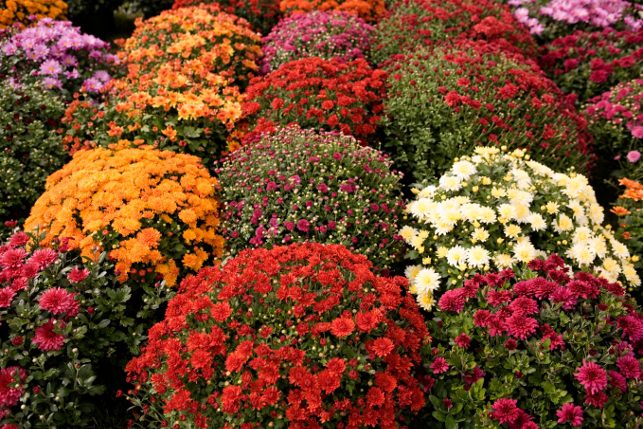
Chrysanthemum frutescens or Chrysanthemum indicum
Chrysanthemums, often referred to as Garden Mums, are autumn’s showstoppers, delivering an abundance of vibrant colour when many other plants are fading. Both Chrysanthemum frutescens and Chrysanthemum indicum are hardy varieties that can withstand cooler temperatures, making them perfect for late season displays.
Their daisy-like flowers come in a wide range of colours, from rich reds and oranges to soft pinks and whites. These perennials are excellent for pots, borders, and even as cut flowers. To prolong flowering, regularly deadhead spent blooms. Garden Mums are easy to grow and care for, thriving in full sun and well-drained soil, and they can be overwintered with minimal protection.

Pansies and Violas
Pansies and violas are the dependable workhorses of autumn and winter gardens, providing consistent colour when little else is blooming. These cheerful plants can be used in beds, borders, and containers, and they often continue flowering right through to spring. While they are similar in appearance, pansies are typically larger with more distinct ‘faces’ on their petals.
Violas, on the other hand, have smaller, more delicate flowers but tend to produce more blooms over a longer period. Both plants prefer a sunny or partially shaded spot and well-drained soil. For best results, plant them in groups for a vibrant display, and deadhead regularly to encourage continuous flowering.


